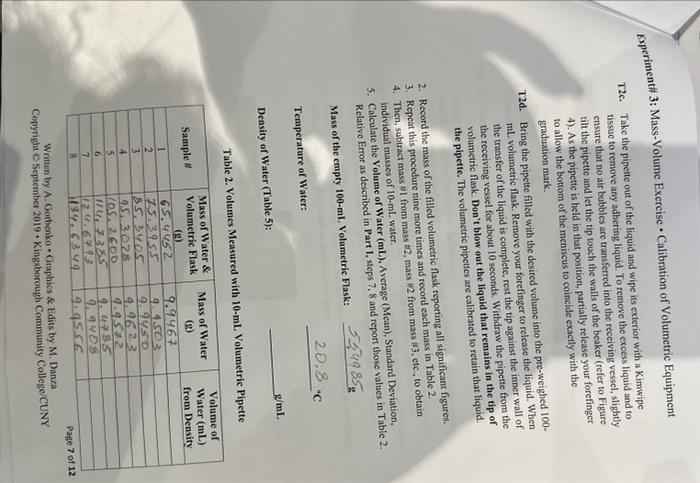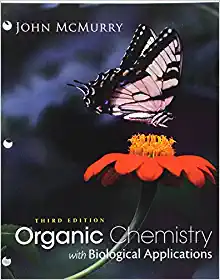Answered step by step
Verified Expert Solution
Question
1 Approved Answer
please help tissue to remove any adhering liquid. To remove the excess liquid and to ensure that no air bubbles are transferred into the receiving
please help 
tissue to remove any adhering liquid. To remove the excess liquid and to ensure that no air bubbles are transferred into the receiving vessel, slightly tilt the pipette and let the tip touch the walls of the beaker (refer to Figure 4). As the pipette is held in that position, partially release your forefinger to allow the bottom of the meniscus to coincide exactly with the graduation mark. T2d. Bring the pipette filled with the desired volume into the pre-weighed 100 mL volumetric flask. Remove your forefinger to release the liquid. When the transfer of the liquid is complete, rest the tip against the inner wall of the receiving vessel for about 10 seconds. Withdraw the pipette from the volumetric flask. Don't blow out the liquid that remains in the tip of the pipette. The volumetric pipettes are calibrated to retain that liquid. 2. Record the mass of the filled volumetric flask reporting all significant figures. 3. Repeat this procedure rine more times and record each mass in Table 2 . 4. Then, subtract mass #1 from mass #2, mass #2 from mass #3, etc., to obtain individual masses of 10 -mL water. 5. Calculate the Volume of Water (mL). Average (Mean), Standard Deviation, Relative Error as described in Part 1, steps 7.8 and report those values in Table 2. Mass of the empty 100-mL. Volumetric Flask: Temperature of Water: Density of Water (Table 5): Tahle 2. Volumes Measured with 10-mL Volumetric Pipette Writen by A. Gorbenko - Graphics \& Edits by M. Danza Copyright O September 2019 - Kingsborough Community College/CUNY 
Step by Step Solution
There are 3 Steps involved in it
Step: 1

Get Instant Access to Expert-Tailored Solutions
See step-by-step solutions with expert insights and AI powered tools for academic success
Step: 2

Step: 3

Ace Your Homework with AI
Get the answers you need in no time with our AI-driven, step-by-step assistance
Get Started


